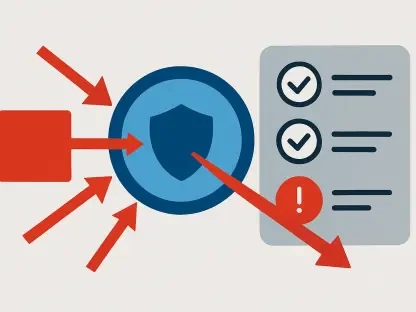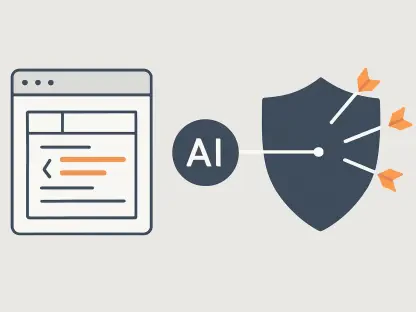The web is a unique platform to develop software on: and web applications can reach anyone, anywhere, on any device. Nowadays, every business has an app that simplifies services and helps customers engage more. However, building and maintaining an app might be challenging and expensive for many companies.
While user experience is growing in importance and businesses are becoming increasingly customer-centric, saving time is one of the main requirements in the usability of an application—because waiting for an app to be downloaded for use seems a thing of the past. Modern people are opting for the quickest route to achieving goals and solving problems.
Fortunately, progressive web applications—or PWAs—are not only reliable but also much faster than traditional apps while enabling the user to have the same experience even when operating offline. The perks of PWAs are many. This article will explore some of them, making it easy to understand more about why:
- There’s no need to update PWAs, since they update automatically
- Progressive web apps are cost-effective and time-saving (they can cost 4 times less than a native app)
- There’s improved performance
- They have native app qualities: reliable, fast, engaging
- New capabilities in modern browsers can be leveraged
A variety of industries and leading companies—such as Twitter, Starbucks, Pinterest, and Forbes—already use PWA technology, bringing about significant increases not only in their revenue but also the time that users spend on these applications, in comparison with the websites.
So, what makes a good progressive web app?
Progressive Web Apps have the power to deliver a web experience any user will love.
With enhanced capabilities, PWAs ensure customers will be able to install the application anywhere and on any device, with just a single codebase.
Another great advantage is that almost any website can be turned into a PWA today. This is great news for organizations that need a quick way to build applications and want to streamline their operations.
To ensure building the perfect application, developers need to pay attention to the following:
- Responsiveness to any screen size—users need to be able to open an app on any device
- Offline experience—PWAs offer consistency and are very helpful, especially when traveling—for example, airline or music apps
- Making the PWA installable—to give users the feel of a regular app
- Ensuring that the URL exists and can be indexed by search engines
- Suitability with any browser—users should be able to find the app in any browser before downloading it
There are a few differences between native apps and progressive web apps. For instance, PWAs are cheaper to develop, they can be indexed by search engines – ranking better in search results, they are also more secure, and don’t require download or installation from an app store.
Benefits of PWAs
Not only are progressive web apps cheaper to make, but companies are rushing to build them as they offer more engagement than traditional apps. Moreover, a number of benefits make the technology desirable and increasingly popular nowadays.
PWAs are highly responsive and adaptable to different screen sizes. They are created with common web tech, but they’re also lightweight and very fast. PWAs can function offline – unlike other websites or apps – and they’re discoverable via search engines. Customers can easily install them.
Last but not least, they are easier to maintain than traditional apps. So, no wonder they could be the next big thing for businesses of all sizes.









